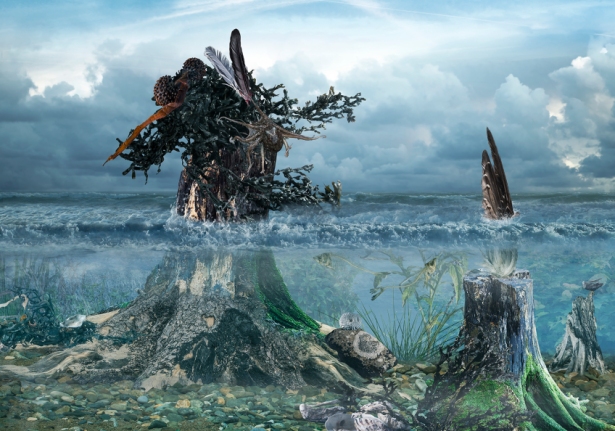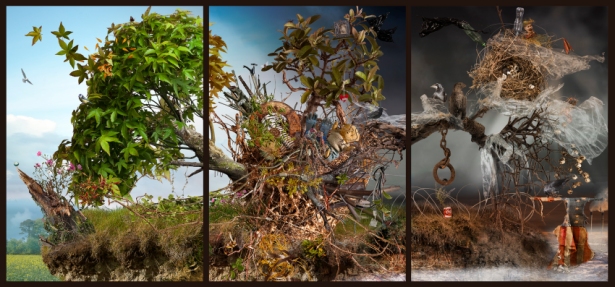This post comes from Creative Carbon Scotland
We are delighted that PR Print and Design are supporting the Edinburgh Fringe Sustainable Practice Award and the Green Arts Initiative: continuing the success of this work, and offering their high quality, affordable and speedy Climate Neutral print and publications to the arts and cultural sector!
Creative Carbon Scotland first came into contact with PR Print and Design when we were sourcing a supplier for our own printing needs. We were impressed that their products have no environmental impact, as they generate almost all their required energy by their 192 onsite solar panels; they send zero waste to landfill; and they deliver the print by carbon-neutral courier!
They also calculate any remaining impacts of the print job, and offset this through a recognised carbon offsetting organisation that supports low-carbon technologies in the developing world – providing the customer with a certificate to keep which verifies and demonstrates your organisation’s commitment to the environment.
A Special Offer for the Edinburgh Festival Fringe
For Summer 2017 they’ll be offering a special deal for Edinburgh Festival Fringe shows and promoters. We know that print is currently one of the key ways to direct audiences to shows, but that striving to do it in a sustainable way, and on a budget (in the madness of the summer festivals) can be difficult.
They can create custom jobs of all shapes and sizes. but for a starter-for-ten, they can do:
- 1000 A5 flyers for £75
- 2000 A5 flyers for £119
- 200 A3 posters for £69
They also tend to work on a 3-day turnaround, meaning they can deliver repeat orders (so you don’t overorder in one go) during the festival, or can top up new materials with fresh information (e.g. show review ratings) when you need it.
A Year-Round Arts Offer
However, if you’re not a Fringe company, there is still a way to benefit from this carbon-neutral opportunity. PR Print offer a huge range of print services (look out for a GAI report or Green Arts Conference programme, for example), and are set up to cater to the needs of the Scottish cultural sector, making:
- Posters and printed materials of any size
- Postcards
- Programmes and other booklets
- Business cards
- Tickets
- Exhibition stands and boards
They also have the benefit of being a local, Scottish business! Check out their MakeWorks video to get an idea:
Make Works visits PR Print & Design in Glasgow from Make Works on Vimeo.
PR Print and Design supports Creative Carbon Scotland’s Edinburgh Fringe Sustainable Practice Award, and our Green Arts Initiative, and has done since 2016. For more information, contact catriona.patterson@creativecarbonscotland.com or phil@prprint.net.
Image via MakeWorks
The post Greener Print Deal for Fringe Companies appeared first on Creative Carbon Scotland.
About Creative Carbon Scotland:
Creative Carbon Scotland is a partnership of arts organisations working to put culture at the heart of a sustainable Scotland. We believe cultural and creative organisations have a significant influencing power to help shape a sustainable Scotland for the 21st century.
In 2011 we worked with partners Festivals Edinburgh, the Federation of Scottish Threatre and Scottish Contemporary Art Network to support over thirty arts organisations to operate more sustainably.
We are now building on these achievements and working with over 70 cultural organisations across Scotland in various key areas including carbon management, behavioural change and advocacy for sustainable practice in the arts.
Our work with cultural organisations is the first step towards a wider change. Cultural organisations can influence public behaviour and attitudes about climate change through:
Changing their own `;
Communicating with their audiences;
Engaging the public’s emotions, values and ideas.









